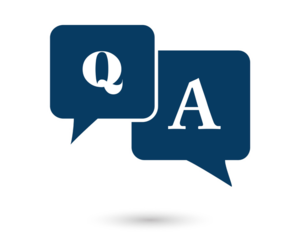“What are the risks associated with turbinate removal?”
I have a hard time breathing and want to have turbinate reduction surgery. What are the risks associated with turbinate removal?
3 Answers
PlasticSurgeonPlasticSurgeon
Although I am not an ENT specialist, I feel at the wrist or associated with excess drying if you have all your turbinates removed. If you have your turbinate table leaving part of it there, you should be able to breathe better with minimal risk of excess drying.
The inferior turbinates contribute to internal nasal valve airway resistance and removing them, can help greatly with nasal obstruction.
However, removing these turbinates is not without risk. Overaggressive resection risks more operative bleeding and potential compromise to the bony/cartilaginous skeleton of your nasal anatomy. Otolaryngologists (ENT doctors) who perform rhinoplasty are generally more comfortable with turbinectomy, while plastic surgeons such as myself may opt instead to outfracture the inferior turbinates, which does not remove them, but crushes the bony tissue to at least provide temporary nasal obstructive relief; the downside is that not infrequently, the condition is temporary and the turbinates can heal and restore to a similar state as before.
Talk to a Board-Certified Plastic Surgeon or Otolaryngologist (ENT) about your nasal obstructive issues and whether turbinectomy is the way to go to best treat your condition.
Nirav B. Patel, MD, JD, FACS, FCLM
Board-Certified Plastic Surgeon
Plastic, Reconstructive, Aesthetic, & Oculoplastic Surgery
Patel Plastic Surgery, LLC
11459 Johns Creek Parkway
Suite 240
Johns Creek, GA 30097
Office 470-395-6932
Fax 470-395-6951
Cell 203-710-9952
https://www.drpatelplasticsurgery.com/
However, removing these turbinates is not without risk. Overaggressive resection risks more operative bleeding and potential compromise to the bony/cartilaginous skeleton of your nasal anatomy. Otolaryngologists (ENT doctors) who perform rhinoplasty are generally more comfortable with turbinectomy, while plastic surgeons such as myself may opt instead to outfracture the inferior turbinates, which does not remove them, but crushes the bony tissue to at least provide temporary nasal obstructive relief; the downside is that not infrequently, the condition is temporary and the turbinates can heal and restore to a similar state as before.
Talk to a Board-Certified Plastic Surgeon or Otolaryngologist (ENT) about your nasal obstructive issues and whether turbinectomy is the way to go to best treat your condition.
Nirav B. Patel, MD, JD, FACS, FCLM
Board-Certified Plastic Surgeon
Plastic, Reconstructive, Aesthetic, & Oculoplastic Surgery
Patel Plastic Surgery, LLC
11459 Johns Creek Parkway
Suite 240
Johns Creek, GA 30097
Office 470-395-6932
Fax 470-395-6951
Cell 203-710-9952
https://www.drpatelplasticsurgery.com/





